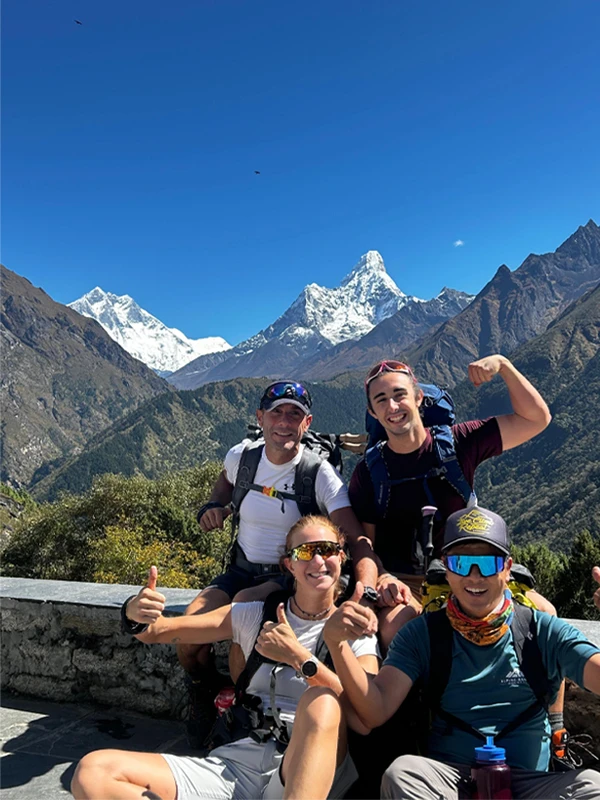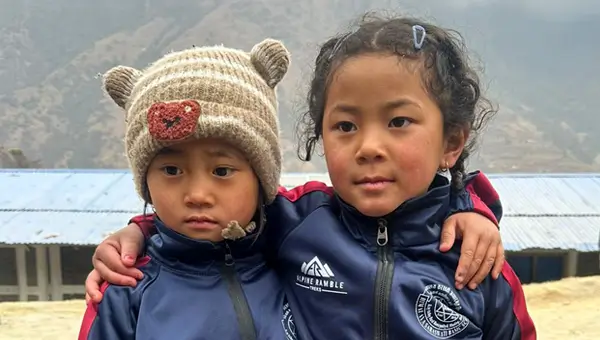Highlights
- Off-the-beaten-path trek offering rugged trails with a peaceful atmosphere and fewer trekkers.
- An ecological hotspot, home to multiple species of flora and fauna.
- The trail falls within the boundary of two protected areas, Manaslu Conservation Area and Annapurna Conservation Area.
- Categorized as a restricted area, requiring a special permit for entrance.
- Culture, traditions, and overall livelihood are heavily influenced by Tibetan Buddhism.
- Houses and monasteries feature a unique Tibetan-influenced architecture.
- Absolutely mesmerizing views of the three mountain ranges: Manaslu Range, Ganesh Himal Range, and Annapurna Range.
- Opportunity to try local cuisine and observe local culture.
Overview
Are you planning on doing the Manaslu Circuit with the Tsum Valley Trek? An extraordinary trekking route that leads to some of the most isolated places in Nepal. The ethereal beauty of the mountains, along with the culture uninfluenced by the outside world, the Manaslu Circuit, and the Tsum Valley Trek, gives you the most authentic perspective regarding the mountain livelihood. This is the perfect trekking itinerary if you want to spend a significant amount of time immersing yourself in the wilderness, nature, culture, and spirituality of the Manaslu region.
Located within the Manalsu Region and a part of the Manaslu Conservation Area, this particular route takes you to many famous locations such as Tsum Village, Mu Gumba, Larkya La Pass, the Manaslu Mountain Range, and the Ganesh Himal Range and so much more. This trek provides an opportunity to know what it means to strip yourself of all the comfort and privilege of your lifestyle and allows you to open your mind to a more simple way of living.
While this is not a trekking route often chosen by many, even when people do, it's one of these destinations at a time. Either only the Manaslu Circuit Trek or the Tsum Valley Trek, not both at the same time. But that’s exactly what makes choosing both the Manaslu Circuit and Tsum Valley special. Choosing both means double everything, double the mountains, and double the magical experience at a much more affordable cost. So, let's dive in further to know what the Manaslu Circuit with Tsum Valley Trek is all about!
What makes the Manaslu Circuit with Tsum Valley worth trekking?
Nepal sees a huge influx of tourists every year, and the majority of them are here to trek. But many choose the commercial destinations such as Everest, Annapurna, and the Langtang region, which are all top tier in their own right, but the Manaslu region is not on many people’s lists. But those who do end up choosing the Manaslu Circuit Trek or Tsum Valley Trek individually always make plans to come back and explore more.
A destination so isolated that it was only opened to the trekkers in 1991, so the facilities are basic and limited, but the experiences are very authentic. A challenging journey that is not meant for everyone, but that’s exactly what makes this specific trekking route so special.
Rich Tibetan-Influenced Cultural and Traditional Heritage
The mountains of Nepal are connected to the Tibetan border, and most people migrated from Tibet centuries ago and settled down in the Himalayas of Nepal. The entire Manaslu Region is isolated, and the Tsum Valley was discovered much later, which is why it is also known as the “hidden valley.”
The villages on the trail had remained isolated until trekking was allowed, so the culture, traditions, and way of life are still the same as they were hundreds of years ago. The historic monasteries like Mu Gompa, Rachen Gompa, and Gumba Lungdang in Tsum Valley add to the spiritual power of the trek.
Jaw-Dropping Panoramic Mountain Views
Mountains are, of course, a specialty of Nepal. And the Manaslu Circuit with Tsum Valley offers an abundance of them. Mount Manaslu, at an elevation of 8,163 meters, is known as the eighth highest mountain in the world. When people choose only one of the two destinations, they miss out on a lot of mountain views because some are visible from a specific location, but when combined, you can see not only the Manaslu Range, the Ganesh Himal Range, and parts of the Annapurna Range.
Mount Manaslu, Himalchuli, Ganesh Himal (various peaks), Shringi Himal, Annapurna II, and Annapurna III are just some of the magnificent mountains you can see on this trekking route. There are many other lesser-known peaks and unnamed mountains on this trail.
Diverse Landscape Ecosystem and Wildlife
The entire trail of the Manaslu Circuit and Tsum Valley falls within the Manaslu Conservation Area. The mountainous region in the northern part of the Gorkha district is very diverse in landscapes and ecosystems and is home to many rare and endangered species of flora and fauna. The ecosystem of the Manaslu region ranges from subtropical and temperate zones in lower elevations to the subalpine in the mid-elevation and finally the alpine zone in the higher altitudes.
In just a matter of days after beginning your trek, you will be able to see the vast ecological biodiversity. A paradise for botanists, as the conservation area is known to have 11 different types of forests with an estimated 1500 to 2000 species of plants. And a home to about 33 species of mammals and 110 species of birds, perfect for those who want to see the wildlife before their very eyes.
The Formidable Larkya La Pass
A significant achievement of trekking the Manaslu Circuit is conquering the monumental Larkya La, which sits at an elevation of 5,106 meters (16,752 feet). This will mark the highest point of the Manaslu Circuit with the Tsum Valley Trek. The formidable ascent to the top might be challenging but offers some of the best views of the mountain peaks, glaciers, lakes, and manifold landscapes. This trek not only makes you get out of your comfort zone but also allows you to rediscover yourself, connect with nature, and deep dive into your spiritual energy.
The Hidden Valley of Tsum
The isolated village that was discovered not too long ago and only opened to the trekkers since 2008 is one of the most untouched parts of Nepal. Often referred to as the “hidden valley of happiness,” it is unquestionably the very epitome of uninfluenced culture and communities from the outside world. The enchanting and diverse mountain landscape with the Tibetan Buddhism influence makes a trek to this village an unforgettable experience. The unique architecture of their home and Tibetan-style monasteries is very pleasing to the eye and spiritually uplifting. The people here live the traditional lifestyle as they did hundreds of years ago. A truly authentic cultural experience.
Manaslu Circuit with Tsum Valley Trek Elevation
There are many significant elevation points during this trek, which are some of the most beautiful locations on the entire planet, which would not be an exaggeration to say. From altitudes as low as 930 meters at Machha Khola to Mu Gumba at 3,700 meters, Manaslu Base Camp at approximately 4,800 meters, Larkya La Pass at 5,160 meters (the highest point of the entire trek), and many other enchanting locations.
Manaslu Circuit with Tsum Valley Trek Difficulty
Both the Manaslu Circuit Trek and the Tsum Valley Trek are considered moderately difficult treks separately, so the combined trek of these two locations at once is, of course, going to be challenging. But with the right mindset, good physical fitness, and good preparation, it can be successfully completed.
There are many factors that contribute to making this trek challenging and tackling them one by one is how you can guarantee a comfortable and successful trek. Elevation gain, weather, and trek distance per day are some of the major factors that determine the difficulty of the trek. So, if acclimatization is done properly, along with good physical and mental endurance, all while maintaining a proper diet and hydration, then all these challenges can be overcome smoothly.
Permits Required for the Manaslu Circuit and Tsum Valley Trek—2025/2026
As this particular trek combines two different locations, 90 percent of the trail falls under the Manaslu Conservation Area, which is known to be a restricted area requiring a special permit. Whereas, the remaining trail falls within the Annapurna Conservation Area, which requires its own permit. So, overall, the permits required for this trek are listed below with their costs:
- Manaslu Restricted Area Permit (MRAP)
- Tsum Valley Restricted Area Permit (TVRAP)
- Manaslu Conservation Area Project (MCAP) Permit
- Annapurna Conservation Area Project (ACAP) Permit
Is solo trekking allowed for the Manaslu Circuit and Tsum Valley Trek?
No, solo trekking is not allowed for the Manaslu Circuit and Tsum Valley Trek. In fact, solo trekking has been banned by the Nepal government in all trekking destinations but for the Manaslu Region; that has always been the case. As this region is categorized as a restricted area where conservation is prioritized and human interference is kept to a minimum, the trails are very confusing, and it is easy to get lost. Which is why, as an initiative to not only conserve the environment and preserve culture but also to keep the trekkers safe. Thus for this trek, you will need a licensed trekking guide to show you the way, along with a porter who will help to carry your belongings.
Guide and Porter Cost for the Manaslu Circuit with Tsum Valley Trek
As per the rule of Nepal, you need a licensed trekking guide to do the Manaslu Circuit with the Tsum Valley Trek. It is a matter of safety for this particular trek. The trails in many parts are not well formed and a person who is not well acquainted can easily lose their way. Not only that but having a guide will make your trip infinitely easier. Your guide will be responsible after you and provide you with all the required services, from acquiring trekking permits to booking accommodation and ordering meals for you. A guide’s job is not only showing the way but also making sure you are provided with the services you have paid for.
The porters are the backbone of the trekking industry. They will carry huge loads on their backs, making it easier for you to trek. All your belongings will be carried by the porters; meanwhile, you only have to carry your personal necessities. The cost for guides is $35 to $40 per day, while porter fees are generally between $25 and $30 per day. This is excluding the tip for both, as it is generally expected to tip both the guide and porters separately for 20% of the package cost for the guide and 15% for the porters.
Best Time to do the Manaslu Circuit with Tsum Valley Trek
When trekking, different seasons have different things to offer. Among the four seasons, spring, autumn, monsoon, and winter, spring (March-May) and autumn (September-November) are considered to be peak seasons. Spring and autumn see a huge influx of trekkers in Nepal, especially in autumn. These two seasons not only offer moderate temperatures but also good weather with spectacular views of the mountains. And unlike Everest and Annapurna, the Manaslu trail will not be crowded even in peak season.
The monsoon comes with a lot of rain and risky roads. The views are also very inconsistent with slippery trails, which, to make matters worse, are leech-infested in the lower parts of the trails. And many areas are also landslide-prone, which can block the road, causing the cancellation of the trek. Winter, however, can be a good time to trek because of clear skies, which offer the best views. But it is extremely cold and snow can make it hard to travel and also block the trails. Only proceed after you have calculated the risk and are sure of the challenges.
| Season | Daytime Temperature (°C) | Nighttime Temperature (°C) |
| Spring (March-May) | 10−20°C | −2−5°C |
| Monsoon (June-Aug) | 15−25°C | 0−10°C |
| Autumn (Sept-Nov) | 10−15°C | −5−5°C |
| Winter (Dec-Feb) | −5−10°C | −15−(−5)°C |
Food and Accommodation During the Manaslu Circuit with Tsum Valley Trek
The Manaslu Circuit with Tsum Valley trek is one of the most remote trails in Nepal, so do not go in expecting high-end services. It is far behind services in comparison to the Annapurna and Everest regions. You will be staying in basic tea houses with basic facilities and even in monasteries at some point of the trek. So if you are someone who needs comfort and good service, this trek might not be for you. You need to be ready to compromise. Small room with twin beds and a common bathroom, and in monasteries you might need to share spaces with other trekkers. The lower-elevation accommodation will be far better than the ones at higher elevations.
For food, the staple local dishes like dal bhat, thukpa, momo, etc., are served and are more likely to be fresh with locally grown veggies. It is best to avoid meat during the trek to save yourself from stomach issues. You can also find western food such as pasta, soups, pancakes, etc., but it will not be as authentic and limited. But no matter which you choose, make sure to have a proper portion and cover nutrients to give you energy.
Altitude, Altitude Sickness, and Acclimatization During the Manaslu Circuit with Tsum Valley Trek
Trekking to the mountains means you will go from an elevation of less than 1000 meters to above 5000 meters in a span of a couple of days. So gradual ascent is crucial to avoid altitude sickness, especially on a trek like Manaslu Circuit and Tsum Valley. How well you have acclimatized to the high altitude will determine your trekking experience.
The altitude sickness comes with symptoms such as headache, nausea, loss of appetite, loss of sleep, etc., so to prevent this from happening, ascend gradually, have an acclimatization day, have a balanced diet and hydrate frequently. Failure to acclimatize properly can lead to cancellation of the entire trek and in the worst-case scenario, an emergency helicopter rescue. Which is why we have made an itinerary that includes multiple acclimatization days, which will significantly lower your chances of getting altitude sickness. So listen to your body and communicate with your guide as you trek day by day. If adding an extra day will help you complete the trek with much more comfort, then it is highly recommended.
Transportation Cost for the Manaslu Circuit and Tsum Valley Trek
Transportation during the Manaslu Circuit and Tsum Valley Trek will only be required at the beginning and end of the trek. There are two transport options available: a local bus and a private jeep. The local bus is affordable but takes longer compared to a private jeep, which is a bit costly but comes with a premium experience.
Cost of Transportation on Different Means
From Kathmandu to Machhakhola and Besisahar to Kathmandu
- Local Bus: $15-$20 per person
- Private Jeep: $250-$300 per jeep
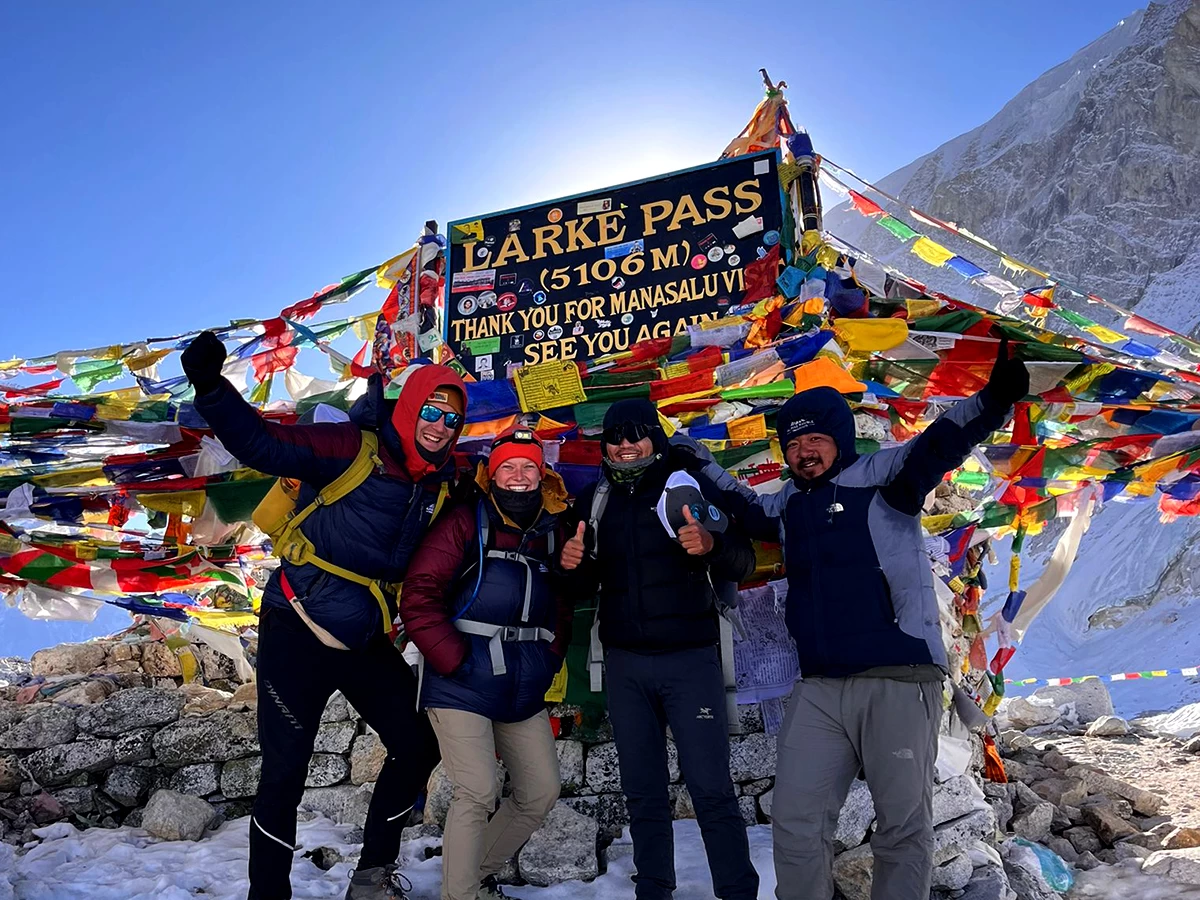
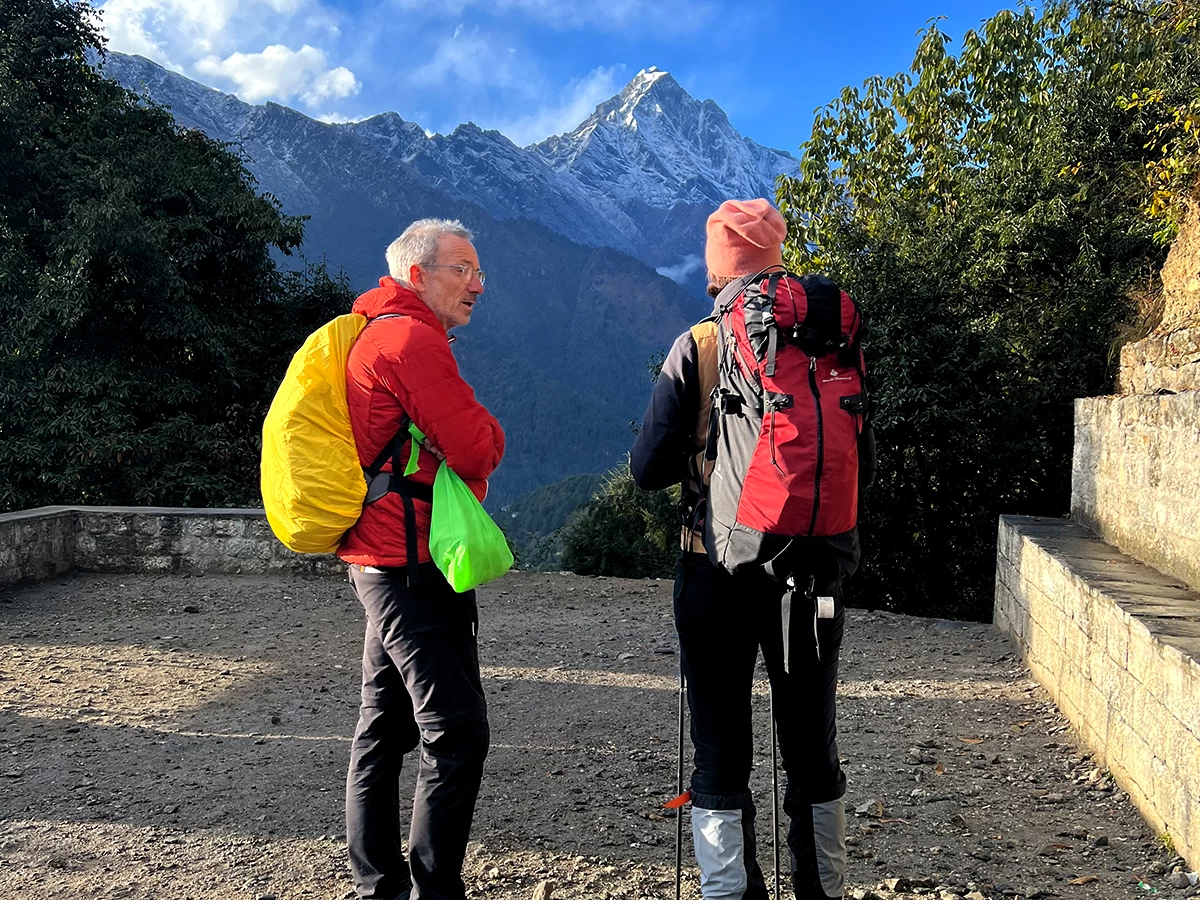
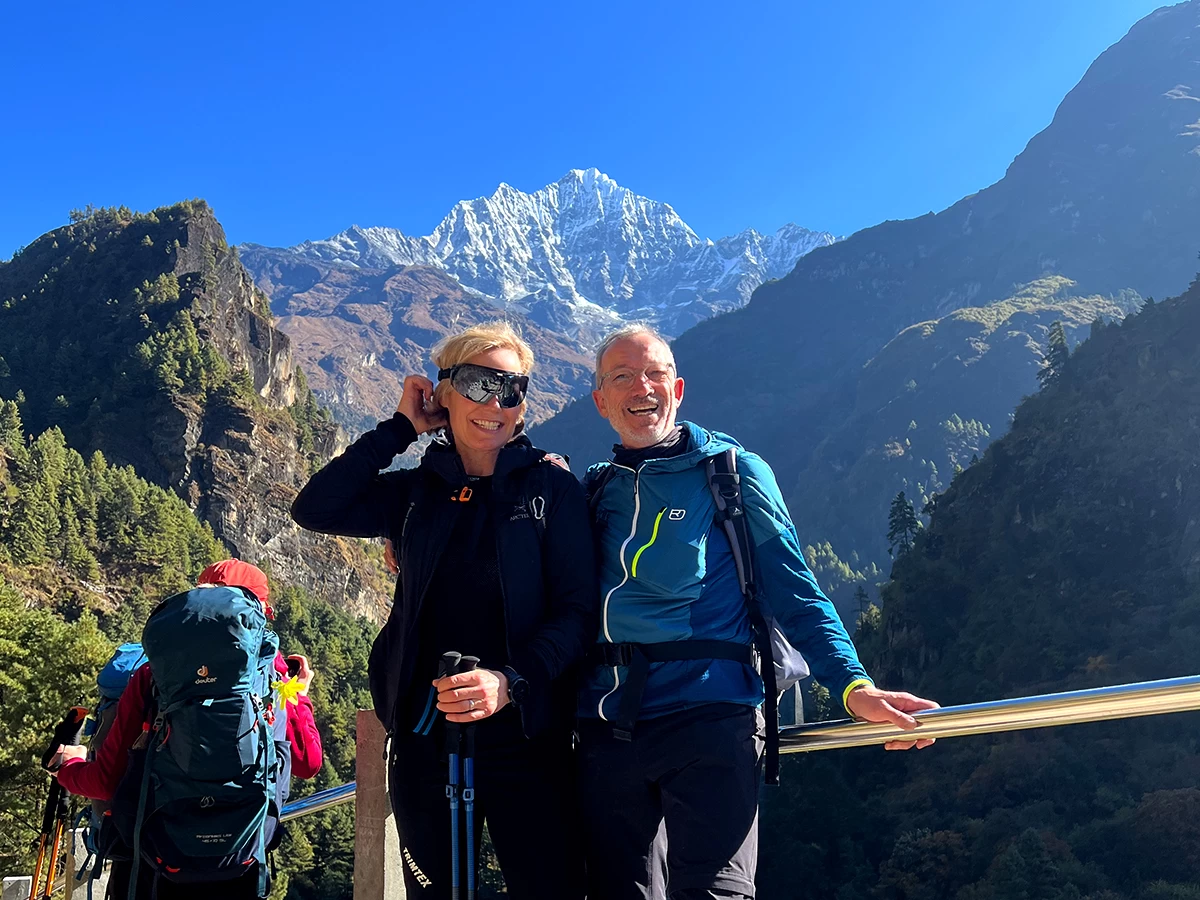
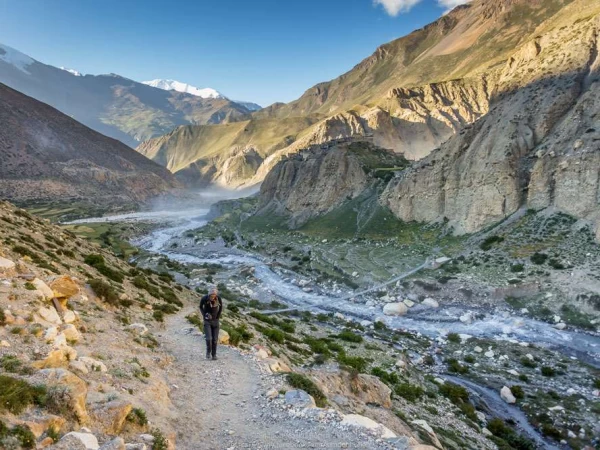
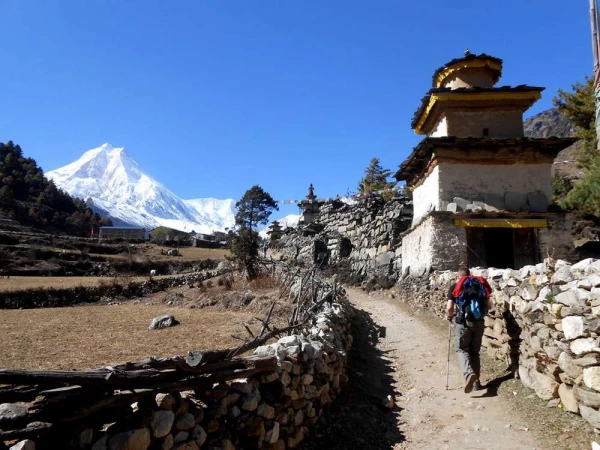
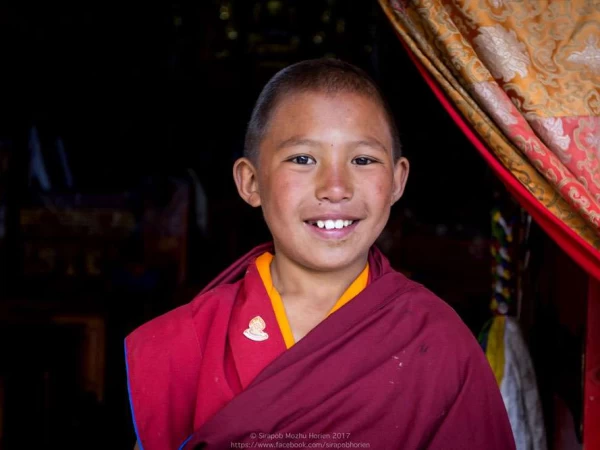
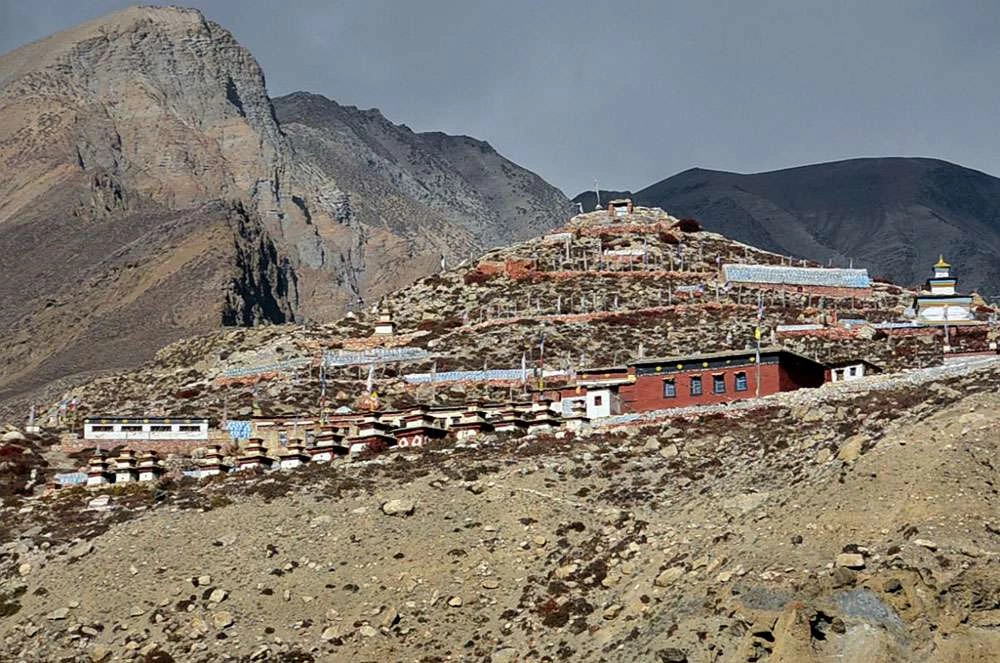

.webp)

